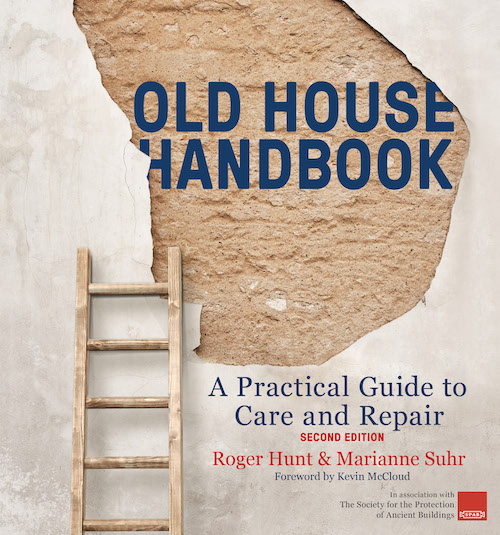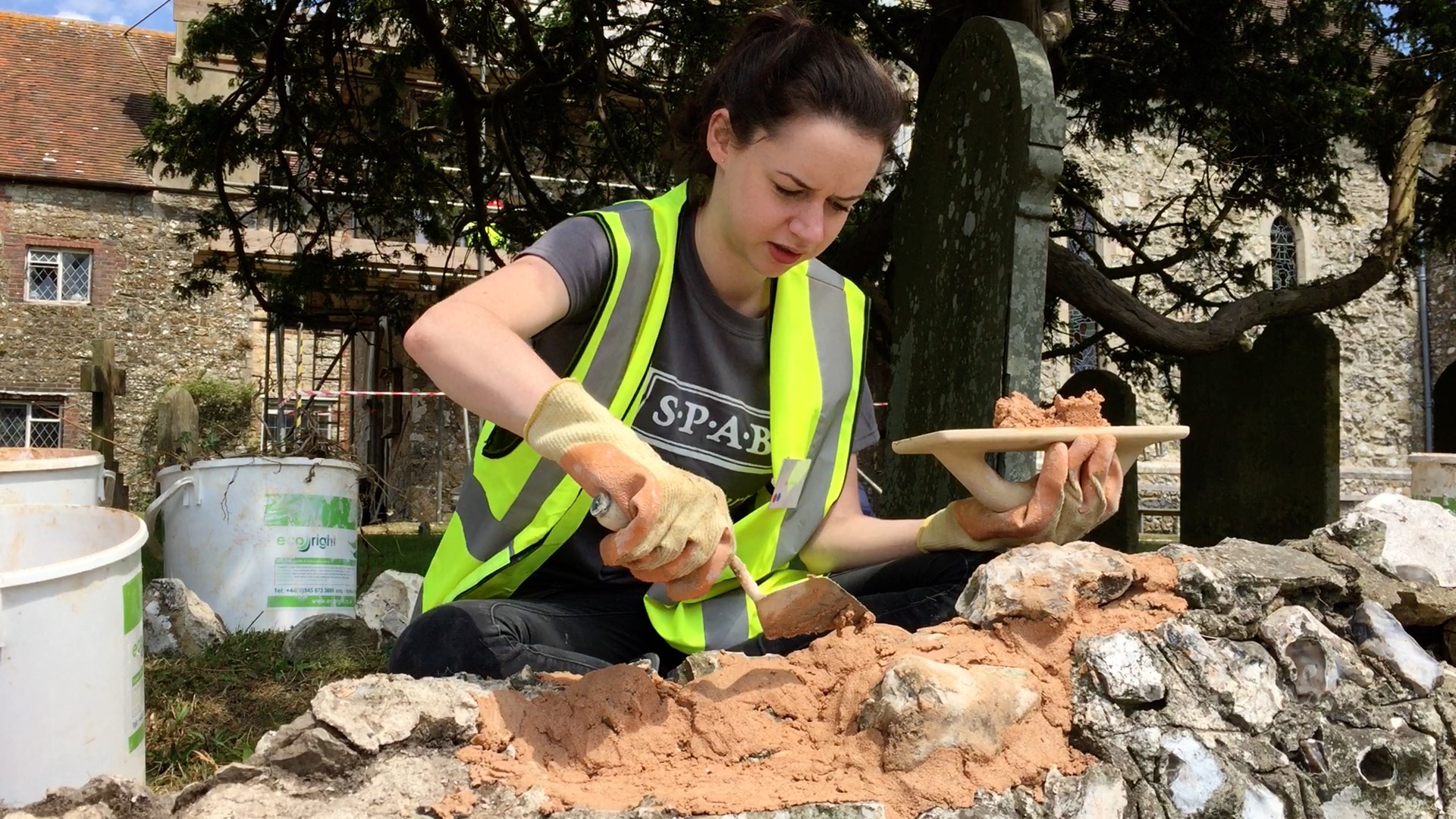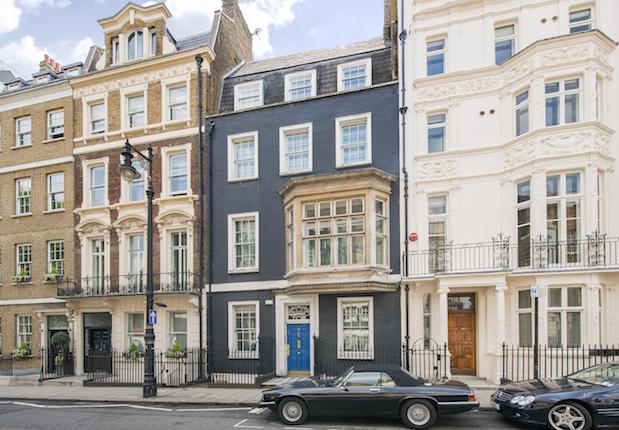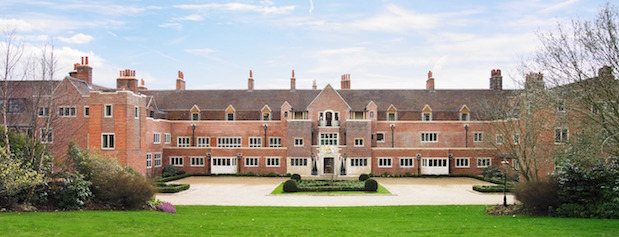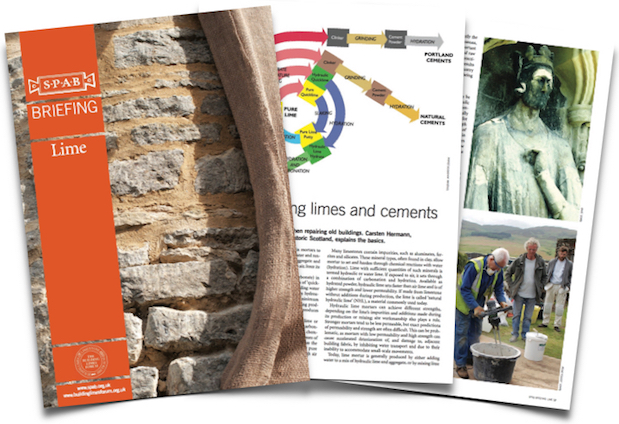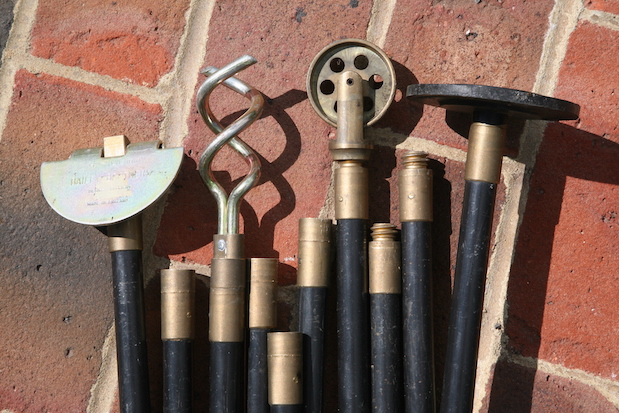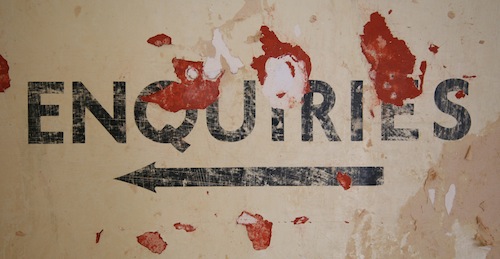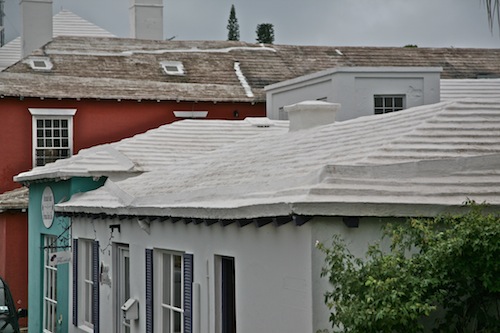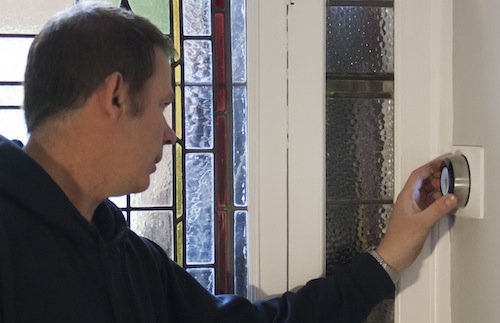Posts Tagged ‘renovation’
Old House Handbook – a new edition
It’s hard to believe that Old House Handbook has been part of my life since Marianne Suhr and I signed the contract for the first edition in April 2006. Little did we imagine then that, over 17 years on, we would witness the publication of a second edition in association with the Society for the…
Read MoreSPAB Working Party
For the last 25 years conservation experts and volunteer heritage enthusiasts have come together to join the annual Working Party run by the Society for the Protection of Ancient Buildings (SPAB). I went along to join them and created a video about the Working Party at Sullington Manor Farm near Storrington, West Sussex. They were working…
Read MoreListed building allure
Every year, many of the estimated 450,000 listed buildings in the UK change hands on the property market. In England and Wales these properties are designated Grade I, Grade II* or Grade II having being deemed to be of historical, cultural or architectural interest. All buildings built before 1700
Read MoreFire in old buildings
The devastating fire at the Grade I listed, 18th century National Trust mansion at Clandon Park, Surrey, once again highlights the need to do everything we can to protect old buildings. Whatever the size of the building, there are simple measures that can be taken to reduce the risk of fire, ensure early warning of a…
Read MoreAdapting old buildings
The need for fresh air and light in buildings is something I’m often talking and writing about because it’s central to creating a good home, but the theme is nothing new. I was reminded of this when I recently visited the King Edward VII Estate, near Midhurst, West Sussex. Here, the former sanatorium is being…
Read MoreBuilding lime knowledge
Lime, in the form of mortars, renders, plasters and paints, is a key component of old buildings and essential to their repair – or at least it should be. Today lime-based materials are also emerging into the mainstream and being used within low carbon construction systems, employed in everything from homes to superstores. All this…
Read MoreDrain problems
A blocked drain is not a pleasant thing to wake up to. What’s worse is the realisation that it’s something that can generally be avoided by doing what I’m always talking about: maintenance. The drainage system is easily forgotten because much of it is hidden away underground but, as with any element of a building, it…
Read MoreBattersea Power Station
This weekend there will be over 800 buildings, neighbourhood walks and architects’ talks to enjoy as Open House London once again reveals great architecture for free. Sadly Battersea Power Station, one of the buildings I visited last year, will not be open as the 42 acre site is undergoing redevelopment. Nonetheless its history and its future can…
Read MoreResearch, research, research
Location, location, location may be the estate agent’s mantra but when you buy an old house research is just as important – it helps you understand what you’re buying and will make a renovation project more successful. What’s more, much of the fun of working on an old property is finding out more about its history…
Read MoreWater savings
Water is a finite and precious resource, we all know that – or at least we should. I was reminded when I visited Bermuda. Here the architecture is influenced by the need to collect rainwater. Stepped and whitewashed roofs are a key feature of many buildings with their wedge-shaped limestone ‘glides’ designed to channel rainwater into…
Read MoreEnergy: Nest Thermostat
Controlling your heating system is one of the quickest and easiest ‘wins’ when it comes to saving energy (and money) in the home and, although I’ve mentioned thermostats here before, I make no apology for writing about them again. In the USA Nest has been a trailblazer both in terms of technology and design. Now the Nest Learning Thermostat is available in…
Read More
